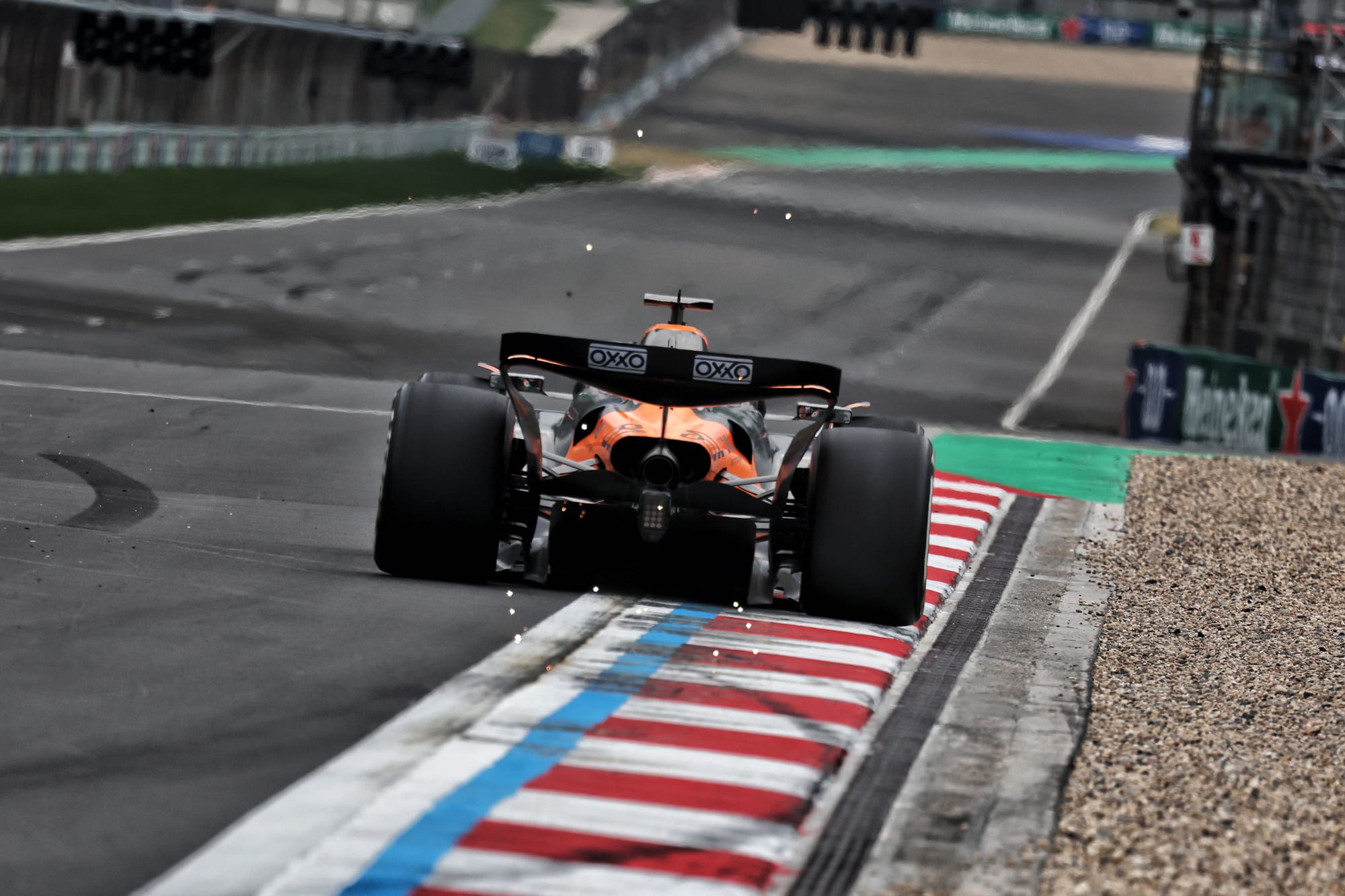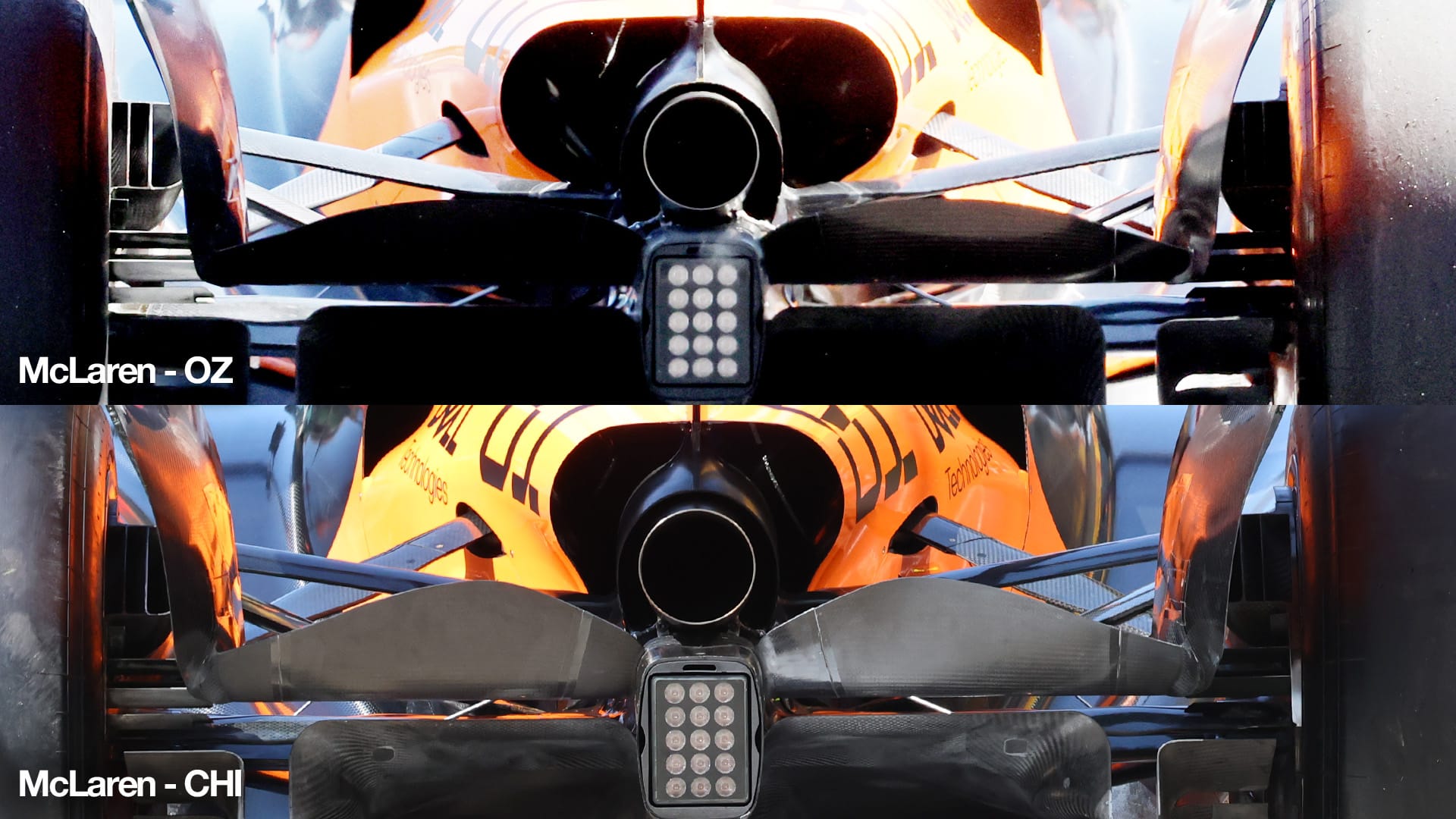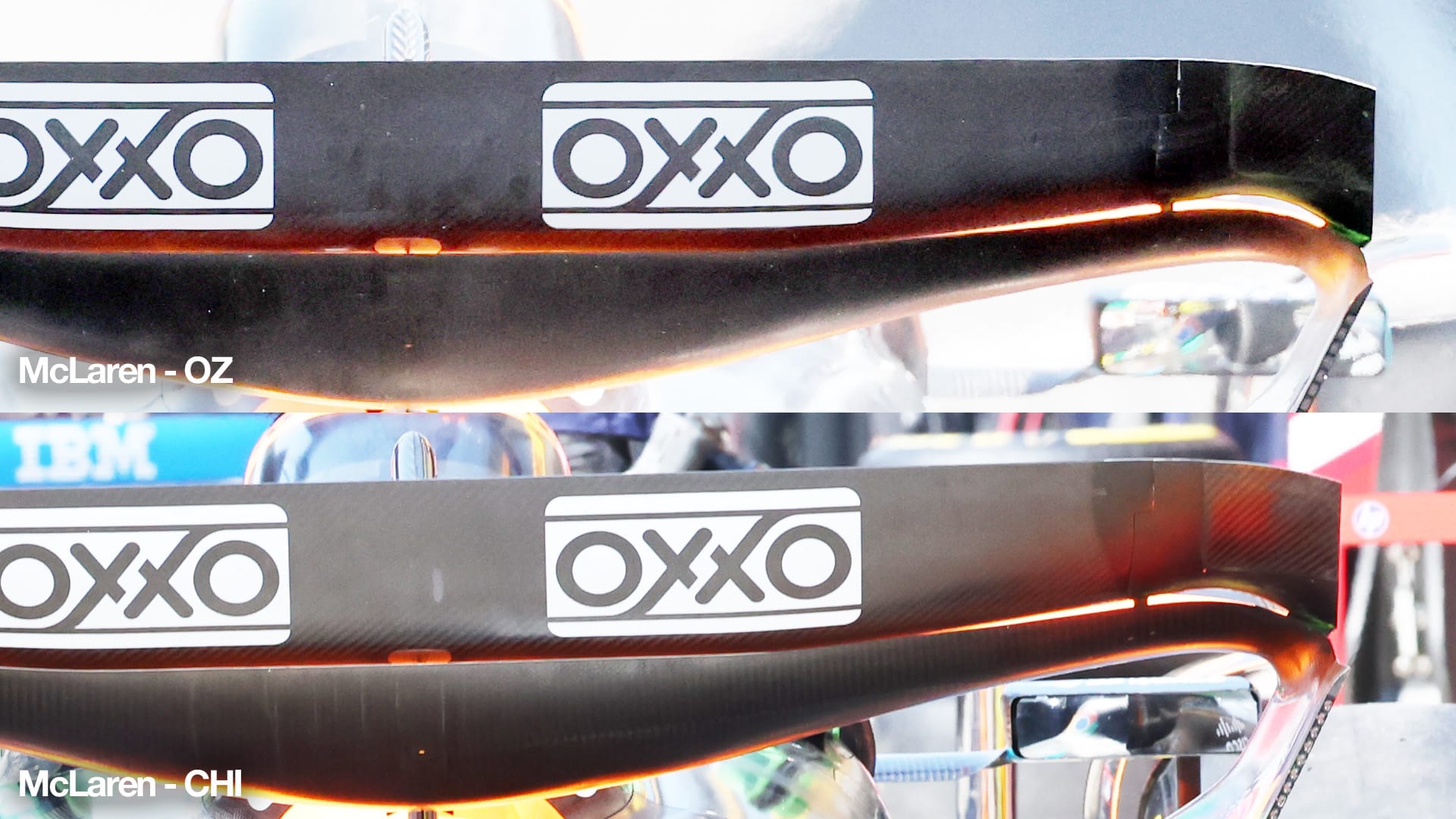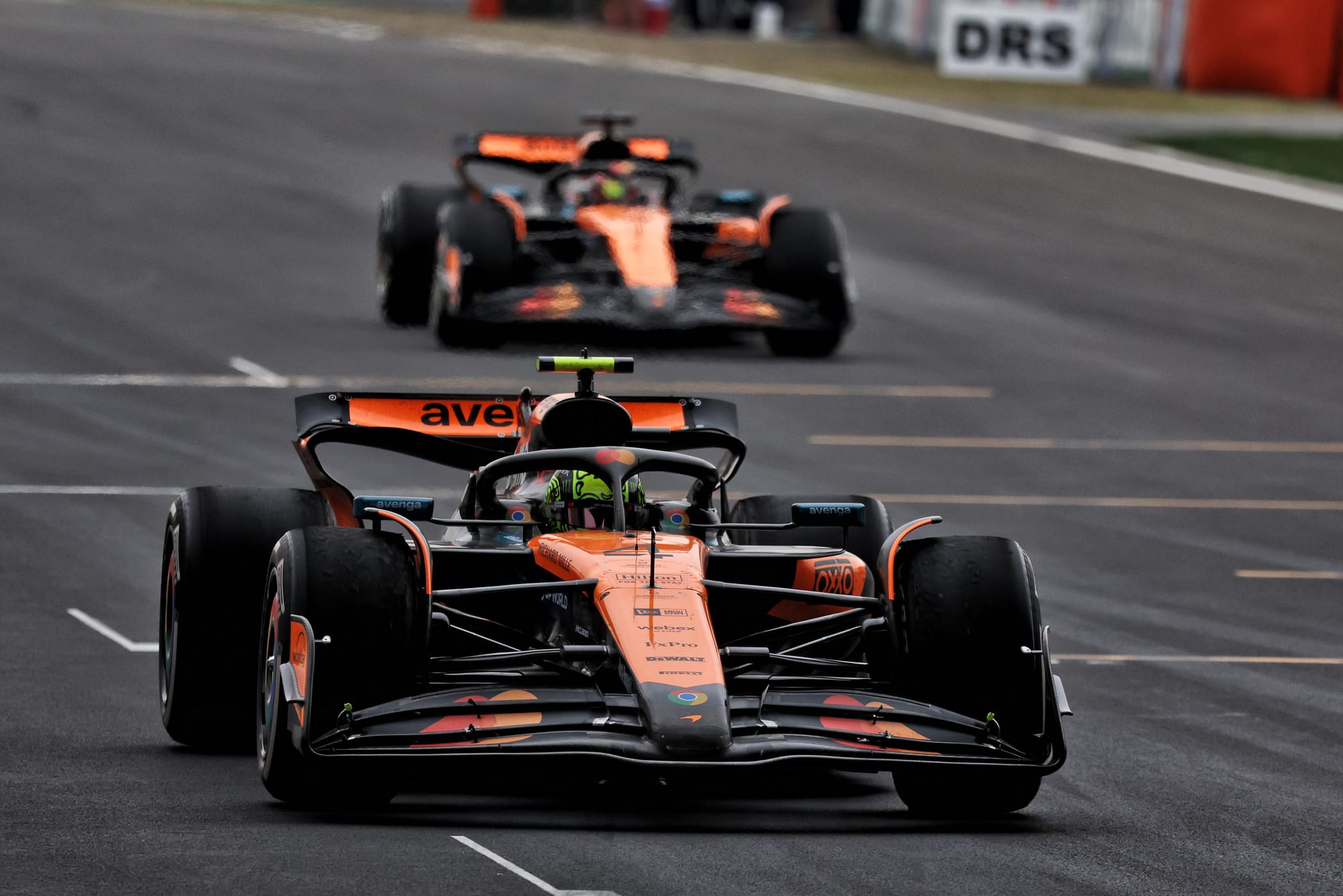McLaren has established a competitive edge over its Formula 1 rivals across the first two weekends of 2025 but it’s far from bulletproof.
Only the rain shower and Oscar Piastri’s subsequent off denied it a 1-2 finish in the Australian Grand Prix, but the team's execution throughout the Chinese GP weekend was far from flawless.
The sprint format at Shanghai initially did not play to the strengths of the McLaren MCL39, as the team struggled on Friday, falling behind in both qualifying and the sprint race, with Ferrari taking advantage.
However, Saturday's post-sprint set-up changes helped the team regain its footing, with Piastri securing pole position. Even so, the margin was notably smaller than in Australia.
The grand prix itself was a relatively straightforward affair bar Lando Norris’s brake problem, yet some competitors suspect that McLaren may be even stronger than it appeared last Sunday.
What held McLaren back - and how it recovered

While never under major threat, Piastri also never pulled out a significant gap to the chasing pack. The best non-McLaren of George Russell finished just 11 seconds behind Piastri in a race without safety car interruptions - perhaps an encouraging sign for those who feared the MCL39 might emerge as the new dominant force, akin to Red Bull in 2023.
So why do McLaren's rivals believe the team has yet to reveal its full potential?
Team principal Andrea Stella suggested that the MCL39 remains imperfect in certain conditions, preventing it from showcasing its true speed.
"Our car is still not easy to drive on fresh tyres,” he said, referencing Norris's errors in both sprint qualifying and Saturday's main qualifying session.
McLaren struggled to extract the same level of performance seen in Australia. The sprint weekend format disrupted preparations, forcing the team to make adjustments on the fly in the three hours before qualifying rather than overnight as on a normal weekend.
"On the first day in China, we encountered some issues with tyre behaviour and car balance," Stella explained. "We had to make changes and ask the drivers to adapt their approach."
By Saturday after the sprint race, McLaren had finetuned its set-up, increasing the car’s aerodynamic load while maintaining the same rear wing configuration used in Australia.

The beam wing was slightly extended, albeit still in a single-rod format. These adjustments, along with improved tyre management, mitigated the graining issues seen in the sprint race.
A victim of the FIA's clampdown?
One key question remains: has McLaren lost straightline performance due to the FIA’s stricter anti-flex rear wing regulations that were introduced for the Chinese GP?
The MCL39 continues to struggle in dirty air, a trait carried over from last season. This became evident during the sprint race, where Norris, despite having a quick car, failed to make progress and was stuck in sixth place for the entirety of the race.
Meanwhile, Piastri was unable to launch a sustained attack on leader Lewis Hamilton's Ferrari and had to settle for second place.
The FIA enforced stricter rear wing flexibility tests in China, with the maximum deflection of the slot gap between the main plane and DRS limited to 0.75mm, and it’s down to 0.5mm from the next race in Japan.
Some at Shanghai speculated that McLaren's straightline speed suffered as a result. Data from China suggests the MCL39 was among the slowest on the straights: Norris clocked 332.7km/h (206.7mph) compared to Max Verstappen’s Red Bull at 339.6km/h (211mph).
If the team was forced to stiffen its rear wing, it may have compromised drag reduction.

McLaren didn’t deny that the behaviour of its rear wing had caught the eye of the FIA but the team denied that it had to make any changes to its rear wing to pass the compliance tests.
McLaren's technical director (engineering) Neil Houldey said on Friday: "Luckily we were tested in Melbourne, and the numbers that the FIA chose to put in the technical directive are higher than the deflection that we'd seen.”
But the FIA says “four or five” teams wouldn’t have been compliant with the tests had they been introduced in Australia, and The Race understands McLaren was among the four teams whose degree of flexing prompted the FIA’s clampdown.
“Some teams were already OK with the new compliance tests in Australia [but] I think four or five were not and had to take some action and we tested them all.” FIA seater-seater director Nikolas Tombazis said in China.

“We saw quite a clear correlation between the deflection measured by the FIA test and what we saw with the cameras on board. So the teams that were exhibiting a large amount of that phenomenon, what we measured in Australia, would not comply with [in China].
“They passed the tests of Australia and so on, but they wouldn't have passed this test if they hadn't taken action again.”
When asked about McLaren’s claim that it was already within the 0.75m allowance in Melbourne, Tombazis replied: “I don't remember the exact number of McLaren, and I don't want to talk about teams but I'm not sure if it was 0.75mm.”
What is certain is that McLaren continues to struggle with aerodynamic turbulence. Piastri’s now-famous radio message in Belgium last year - "clean air is king" - remains just as relevant for his 2025 car.
"We weren’t dominant in China, neither in qualifying nor in the race," Stella conceded.
Did McLaren expect more from Shanghai, a track seen as a better benchmark than Melbourne? Perhaps.
Suzuka will provide another answer of how sizable McLaren’s advantage really is, offering a clearer view of the true competitive order in 2025.



